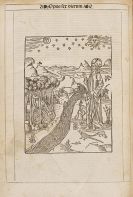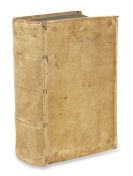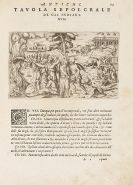
Gerard Mercator
Rupelmonde
1512 -
Duisburg
1594
During his studies in Leuven Gerard Mercator (1512-1594) had already been very interested in the practical application of mathematical formulas. His career began in 1537 with the production of globes, wall maps and scientific tools made of copper, which he later made to order for emperor Karl V and others.
In 1552, after having been cleared of an accusation of heresy, Gerard Mercator went from Flanders to Duisburg in 1552, where he pursued the declared aim of his life, namely the establishment of a comprehensive historic and geographic cosmography.
After 30 years of research, he finally published the world map "Nova et aucta orbis terrae descriptio ad usum navigantium" in 1569. One year earlier he had already published "Chronologie", the theoretical structure of his cosmographic program, which he considered as the basis of a natural scientific examination of the sky and the earth. His main work was a pioneering collection of maps entitled "Atlas sive cosmographicae meditationes" (which was published in volumes starting from 1585).
This was the first time, the term "atlas" was used for a collection of maps, which Mercator always revised in a homogeneous way, thus differing from his contemporary A. Ortelius. A revised edition of the atlas was published in Düsseldorf in 1602, before the entire engravings were sold to Jodocus Hondius in Amsterdam two years later.
Would you like to sell a work by Gerard Mercator?
Infos for seller




